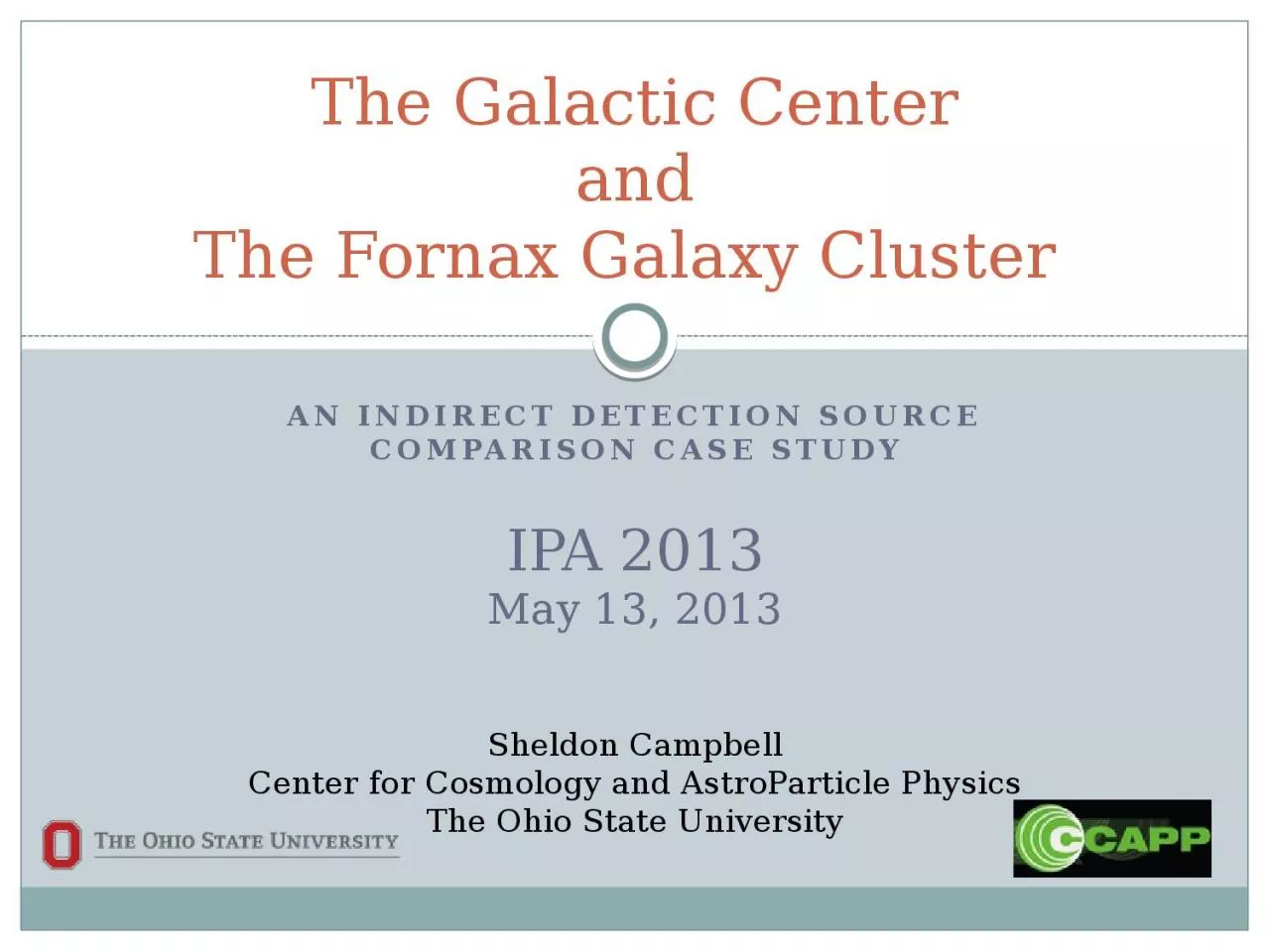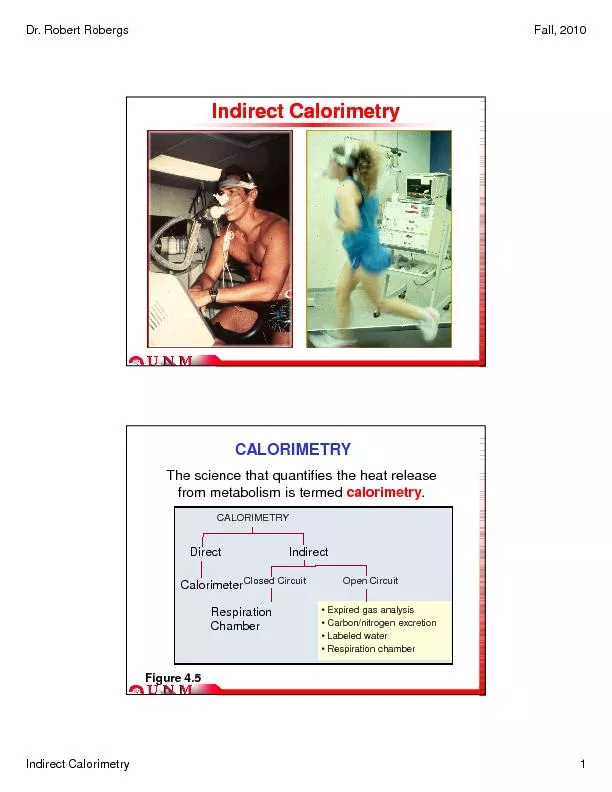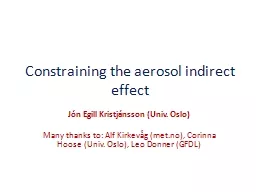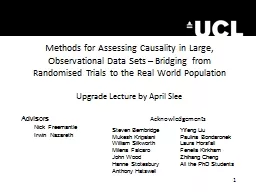PPT-An Indirect Detection Source Comparison Case Study
Author : WatercolorWanderlust | Published Date : 2022-08-03
The Galactic Center and The Fornax Galaxy Cluster IPA 2013 May 13 2013 Sheldon Campbell Center for Cosmology and AstroParticle Physics The Ohio State University
Presentation Embed Code
Download Presentation
Download Presentation The PPT/PDF document "An Indirect Detection Source Comparison ..." is the property of its rightful owner. Permission is granted to download and print the materials on this website for personal, non-commercial use only, and to display it on your personal computer provided you do not modify the materials and that you retain all copyright notices contained in the materials. By downloading content from our website, you accept the terms of this agreement.
An Indirect Detection Source Comparison Case Study: Transcript
Download Rules Of Document
"An Indirect Detection Source Comparison Case Study"The content belongs to its owner. You may download and print it for personal use, without modification, and keep all copyright notices. By downloading, you agree to these terms.
Related Documents














